Essential Skills for a Fashion Designer
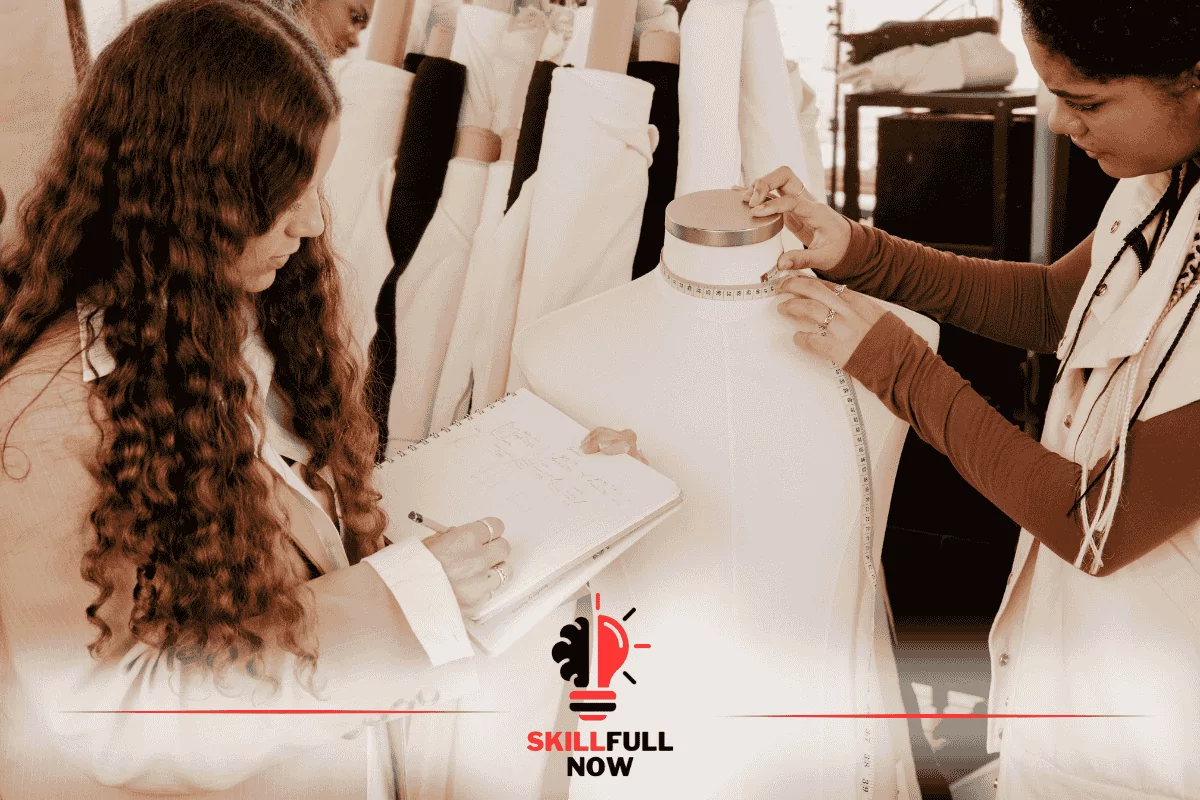
Fashion design isn’t just about creating clothes it’s about crafting stories, shaping identities, and setting trends. In an industry worth over $1.5 trillion globally, competition is fierce, and only the most skilled thrive. Yet, talent alone isn’t enough. Behind every iconic collection is a foundation of well-honed skills: from mastering the art of illustration to understanding fabric behavior, every detail counts.
Think about it: how does a designer translate a fleeting idea into a show-stopping garment? The answer lies in the perfect blend of creativity, technical expertise, and business savvy. And here’s the good news—you can learn these skills and sharpen them over time. Whether you’re a budding designer sketching your first collection or a seasoned pro aiming to stay ahead, this guide is packed with actionable insights to elevate your craft.
Let’s explore the essential skills that separate a good designer from a game-changer, helping you not just succeed but lead in the ever-evolving world of fashion.
Creativity and Innovation in Design
Fashion thrives on creativity. A designer must think beyond conventional trends to create unique styles that resonate with their audience. Creative brainstorming, experimenting with textures, and incorporating artistic inspirations all play a pivotal role.
To nurture creativity:
- Stay updated with art and cultural movements.
- Travel and observe global fashion trends.
- Maintain a sketchbook to capture spontaneous ideas.
Strong Drawing and Illustration Abilities
Being able to put your ideas on paper is fundamental. Drawing helps convey your vision to clients, manufacturers, and team members. Proficiency in freehand sketches and digital design tools like Adobe Illustrator is invaluable.
Tips to Enhance Drawing Skills:
- Practice daily sketching of garments and figures.
- Use templates to understand proportions.
- Attend fashion illustration workshops or online courses.
Deep Understanding of Fabrics and Materials
A successful designer must know the properties of different fabrics, including their textures, weights, and draping qualities. Understanding how materials interact with designs can make or break a collection.
Key Considerations:
- Learn about sustainable and eco-friendly textiles.
- Experiment with unconventional materials.
- Develop a fabric swatch library for reference.
Technical Sewing and Pattern-Making Expertise
Knowing how garments are constructed is a game-changer. Sewing and pattern-making skills enable designers to bring their ideas to life with precision.
Why It’s Important:
- Helps in understanding garment structure.
- Enables effective communication with tailors and manufacturers.
- Saves time during the prototyping phase.
Strong Business Acumen
Fashion is as much a business as it is an art. A designer with entrepreneurial skills can manage budgets, negotiate contracts, and market their brand effectively.
What to Focus On:
- Develop a clear pricing strategy.
- Understand branding and consumer behavior.
- Stay informed about retail trends and e-commerce strategies.
Trend Forecasting and Market Awareness
Fashion designers must anticipate future trends while remaining relevant in the present. Trend forecasting involves analyzing patterns in pop culture, technology, and global movements.
How to Stay Ahead:
- Subscribe to trend analysis platforms like WGSN.
- Attend fashion weeks and trade shows.
- Collaborate with stylists and influencers.
Time Management and Organizational Skills
From tight deadlines to juggling multiple projects, time management is critical. Organizational skills ensure smooth workflow and timely deliveries.
Tips for Improvement:
- Use project management tools like Trello or Asana.
- Prioritize tasks based on urgency and impact.
- Set realistic timelines for each phase of a project.
Effective Communication and Collaboration
Fashion design is rarely a solo endeavor. Designers must collaborate with photographers, stylists, and marketing teams to bring their vision to life. Clear communication ensures everyone is on the same page.
Key Aspects:
- Active listening to understand client needs.
- Conflict resolution during creative disagreements.
- Presentation skills to pitch ideas effectively.
Technical Proficiency in Design Software
Modern fashion relies heavily on technology. Software like CLO 3D, Photoshop, and CAD tools streamline the design and production process.
Benefits:
- Speeds up prototyping.
- Enhances precision in patterns and cuts.
- Allows for virtual garment visualization.
Adaptability and Resilience in a Competitive Industry
Fashion design is highly competitive, and trends shift rapidly. Successful designers are those who adapt to changes and bounce back from failures.
Cultivate Resilience By:
- Learning from constructive criticism.
- Staying flexible with evolving trends.
- Building a support network of peers and mentors.
Storytelling Through Design
Every fashion collection tells a story. Designers who master the art of storytelling can evoke emotions and connect with their audience on a deeper level.
How to Develop This Skill:
- Research historical and cultural narratives.
- Use mood boards to conceptualize themes.
- Experiment with symbolic patterns and color palettes.
Understanding Fashion Sustainability
Sustainability is no longer optional in fashion. Designers must integrate eco-friendly practices and materials to meet consumer demand and ethical standards.
Steps Toward Sustainability:
- Use biodegradable fabrics.
- Minimize waste during production.
- Advocate for slow fashion principles.
Networking and Relationship Building
Fashion design is as much about who you know as what you create. Building strong industry connections can open doors to collaborations, mentorships, and opportunities.
Networking Tips:
- Attend fashion events and exhibitions.
- Stay active on professional platforms like LinkedIn.
- Engage with fellow designers and influencers on social media.
Attention to Detail in Every Design Element
Fashion is about the finer details, from intricate embroidery to perfectly aligned seams. Meticulous attention ensures the final product is flawless and appealing.
Focus Areas:
- Conduct thorough quality checks.
- Incorporate subtle yet impactful design elements.
- Never compromise on finishing touches.
The Role of Skills for a Fashion Designer
Fashion design is not merely about creating clothes; it’s about shaping trends and influencing culture. The diverse skill set of a designer reflects their versatility and potential for innovation. By honing these essential skills, designers can leave a lasting mark on the industry.
Conclusion
Mastering the skills for a fashion designer is a journey of continuous learning and creativity. From sketching innovative designs to understanding market trends, these abilities lay the foundation for a thriving career. Aspiring designers should embrace challenges, stay curious, and invest in their growth to make a lasting impact in the fashion world.
More About; Skills
FAQs
What are the most critical skills for a fashion designer?
Creativity, technical proficiency, market awareness, and communication are vital for success.
How important is sustainability in fashion design?
Sustainability is crucial for meeting ethical standards and consumer demand.
Should a fashion designer be good at sewing?
While not mandatory, sewing skills help designers understand garment construction and streamline the design process.
Can you learn fashion design without formal education?
Yes, self-learning through online courses, internships, and practice can pave the way for a career in fashion.
How can a fashion designer stay inspired?
Travel, observing cultural trends, and engaging with art are excellent ways to stay inspired.
Why is storytelling important in fashion design?
Storytelling adds depth to designs, creating a narrative that resonates with the audience.
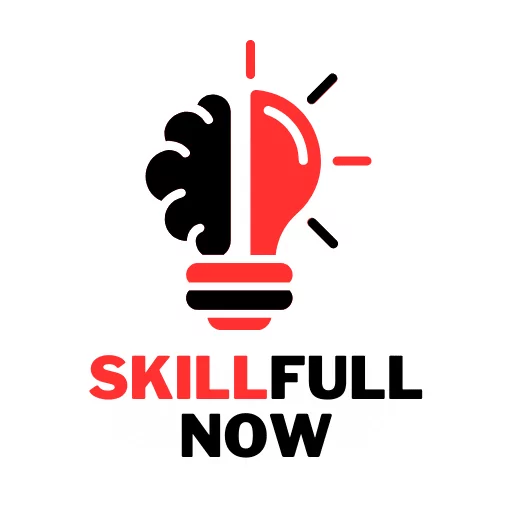


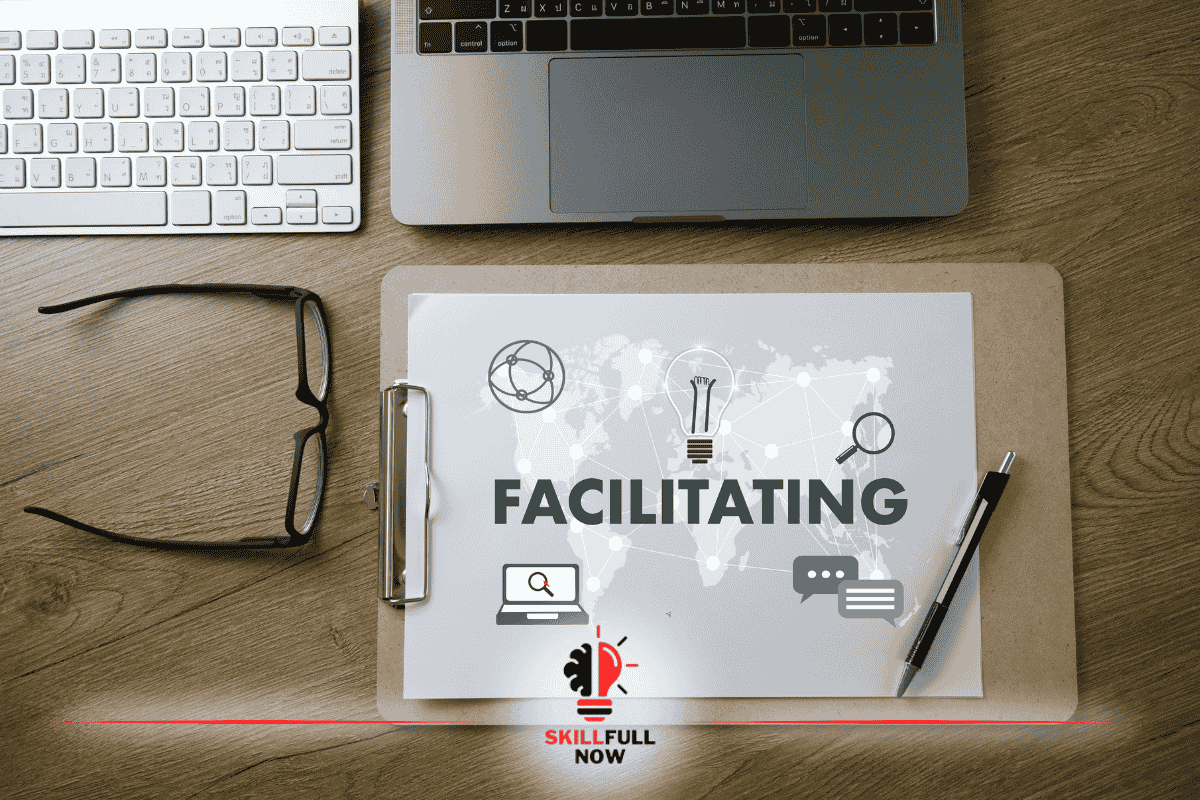
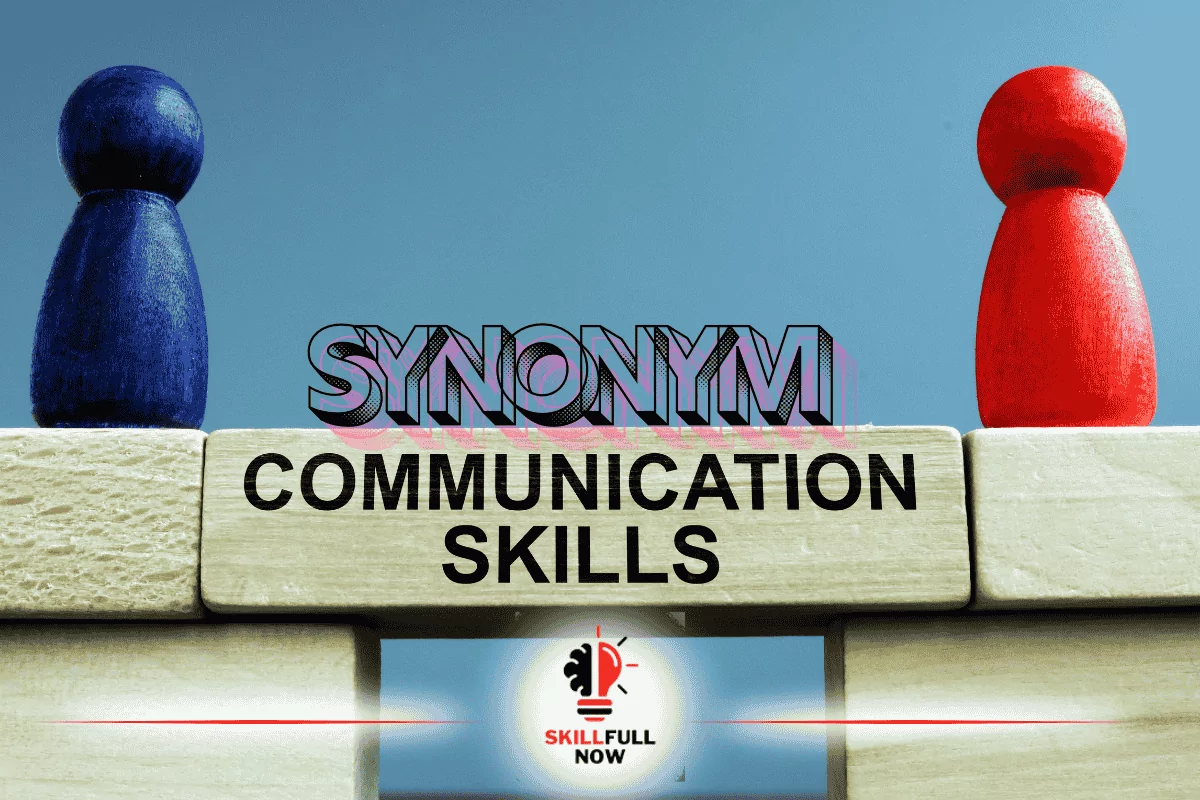
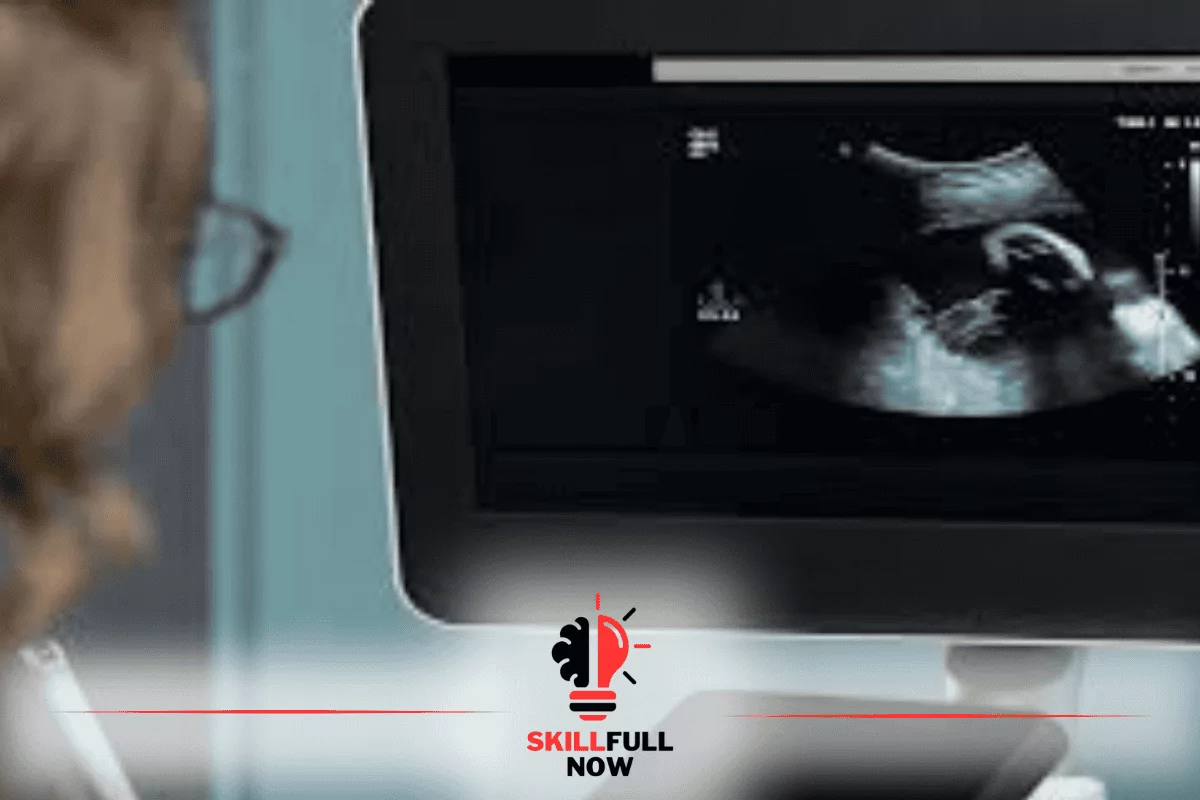
Szia, meg akartam tudni az árát.
Dia duit, theastaigh uaim do phraghas a fháil.
Salam, qiymətinizi bilmək istədim.